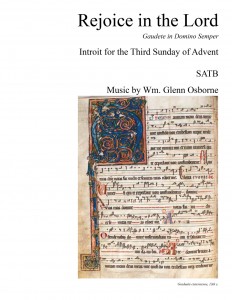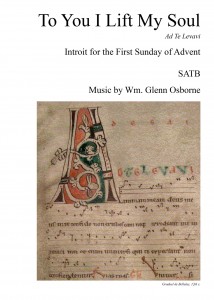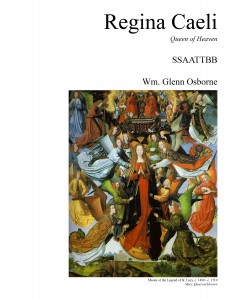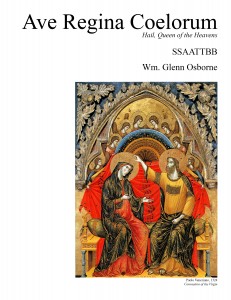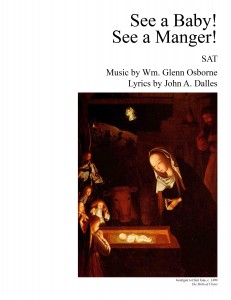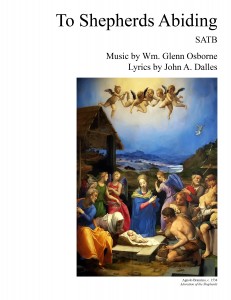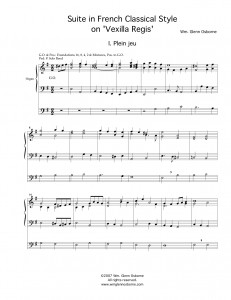
Written by Venantius Fortunatus (530-609), Vexilla Regis is one of the great chant hymns of the church. Appropriately sung at vespers from Passion Sunday until Holy Thursday, on the Feast of the Triumph of the Cross and even on Good Friday, the hymn was originally written to celebrate the arrival of a large relic of the True Cross in Poitiers, France.
In the French Classical tradition when singing hymns, the organ alternated verses with the choir. Having always enjoyed the sounds of the French Classical organs, when I had the opportunity to play a recital at Westminster Presbyterian Church in Albany, NY on Palm Sunday, I decided to write a suite for organ on this great hymn of the cross. The suite contains six movements and uses traditional tonal language and registrations of the period.
Vexilla Regis
- Plein jeu
- Duo
- Récit de voix humaine
- Basse de trompette
- Tierce en Taille
- Grand jeu
Listen now
Ave verum corpus,

